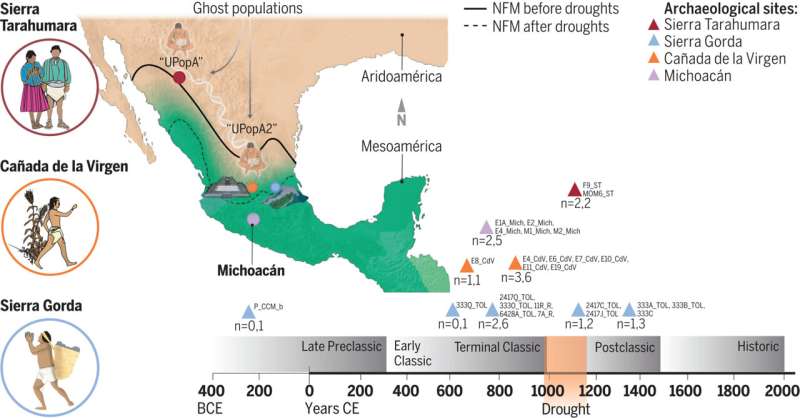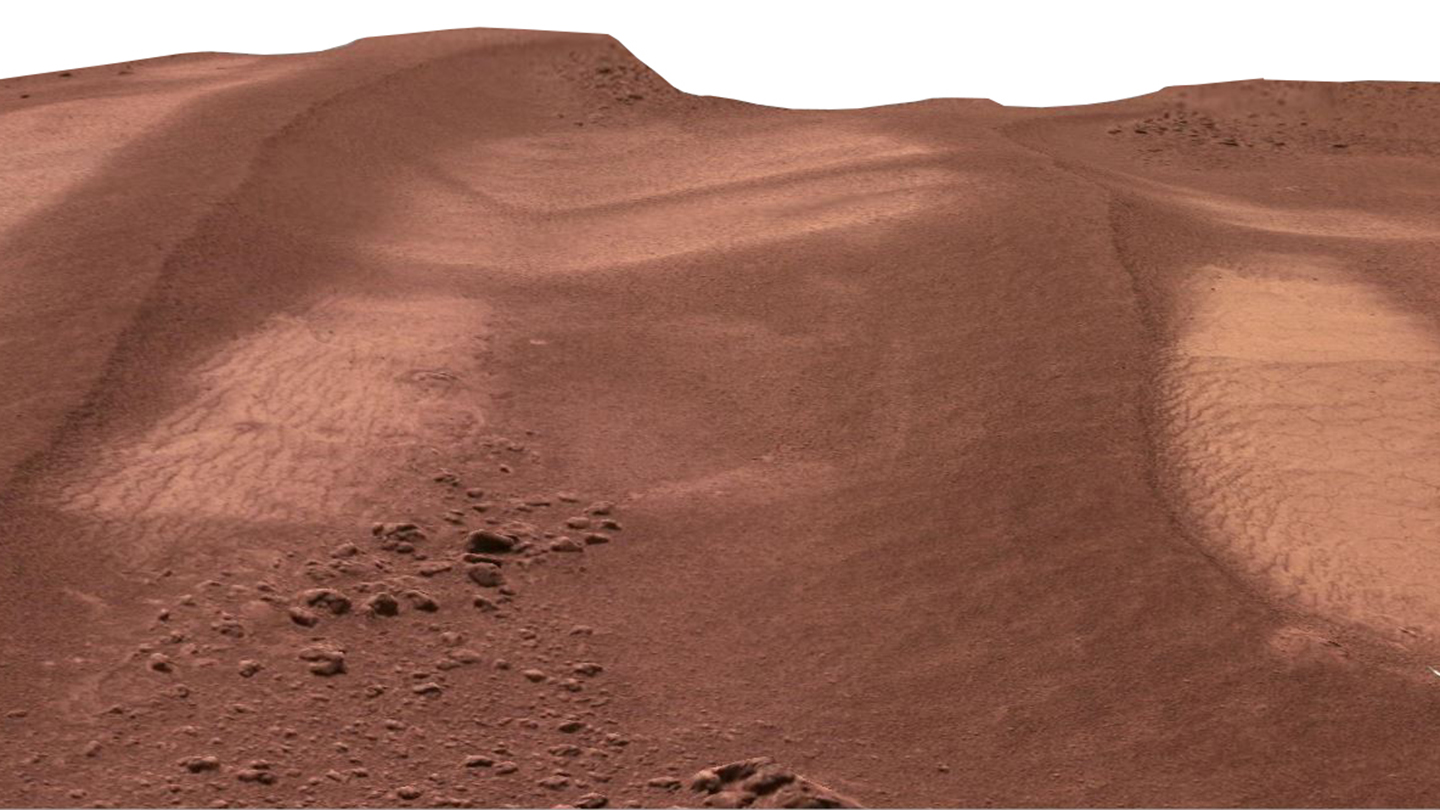Ancient news stories

Since what has come to be known as the Great Dimming that took place in the latter half of 2019 and early 2020, the red giant star Betelgeuse just will not stop with the wackiness.
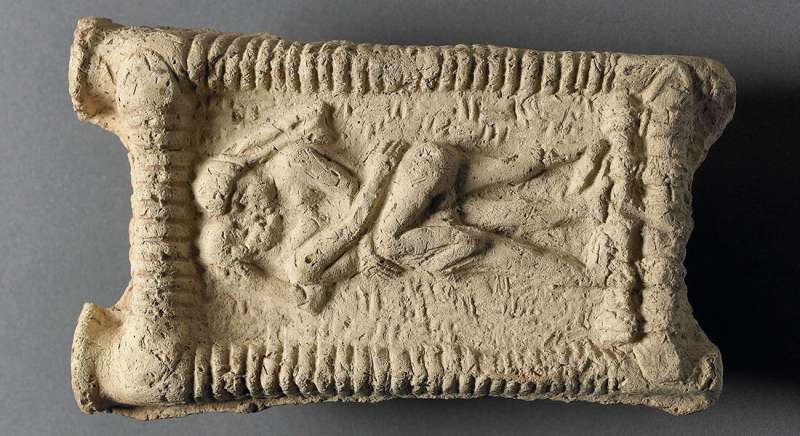
Dr. Sophie Lund Rasmussen, who in a new article in the journal Science, draws on a range of written sources from the earliest Mesopotamian societies, kissing was already a well-established practice 4,500 years ago in the Middle East. And probably much earlier, moving the earliest documentation for kissing back 1,000 years compared to what was previously acknowledged in the scientific community.
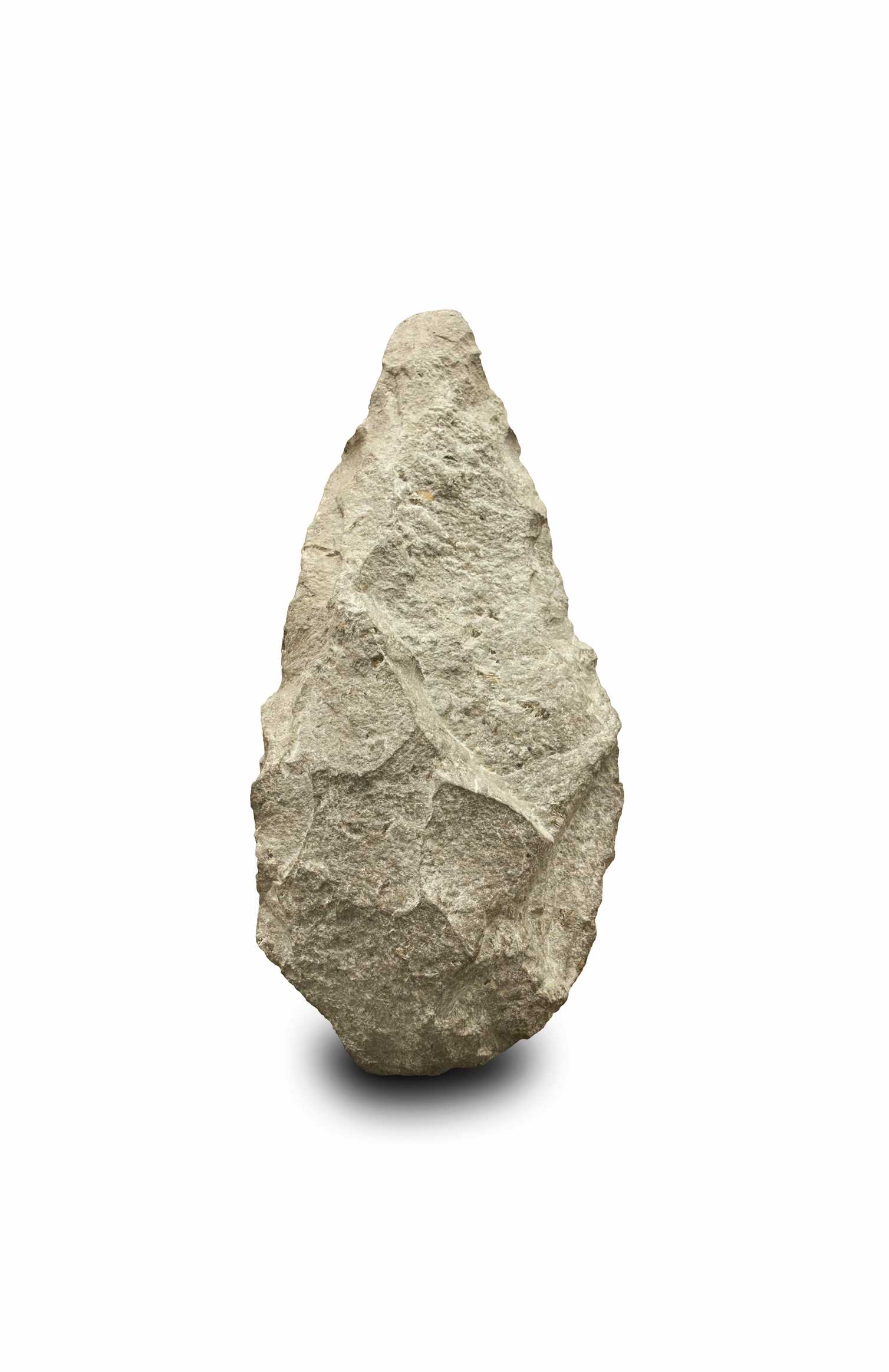
A team has found evidence of the controlled use of fire by direct human ancestors – or hominins – at a site in Spain dating to 250,000 years ago. This pushes the earliest evidence of fire control in Europe back by 50,000 years. The findings have been published in Nature Scientific Reports.
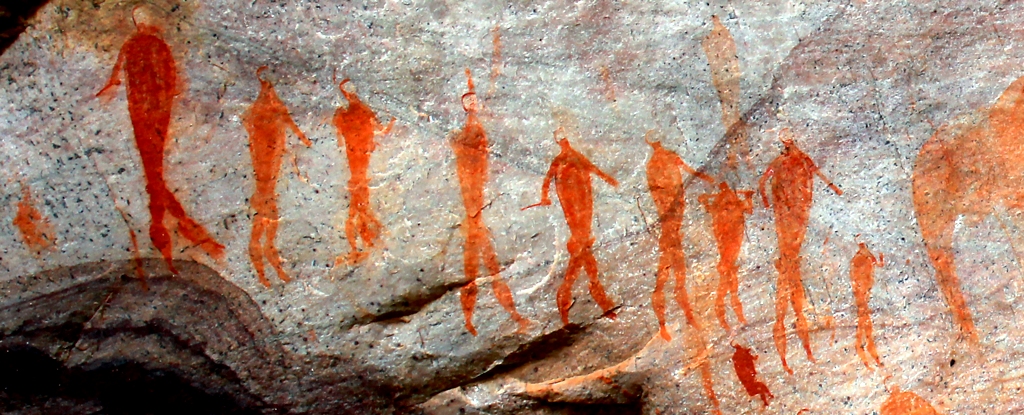
The classic out-of-Africa hypothesis suggests that Homo sapiens evolved from a distinct lineage of early humans that evolved around 150,000 years ago before setting off to spread through Europe and beyond. But there is another story…See the study here.
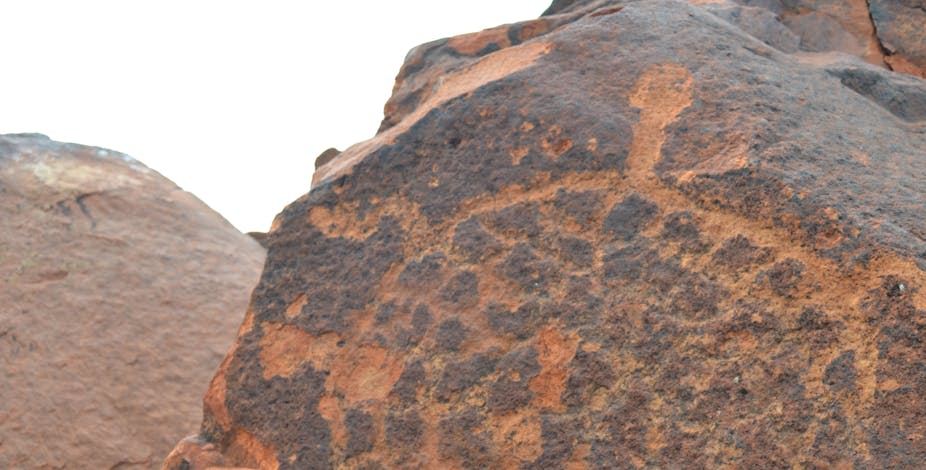
Three rock art panels were this month removed from Murujuga/Burrup in Western Australia to make way for a new A$6.4 billion fertiliser factory. Moving Indigenous rock art anywhere in the world is controversial. In this case, a journalist photographing the removal was stopped by police. Later, her home was raided, and her camera’s memory card temporarily seized.

In a forest clearing of birch and pine trees in what is today central Europe, herds of long-extinct beasts once gathered to drink on the shores of an ancient lake. Now, researchers have confirmed that early human relatives and their children foraged and bathed among them. See the study here.

A ground-breaking study of ancient meteorites has provided the first evidence to suggest that Jupiter was once much closer to the sun before it shifted position.

Archaeologists have discovered a 5,400-year-old megalithic tomb near a prominent lone mountain in southern Spain, suggesting the peak may have been meaningful to prehistoric people there.
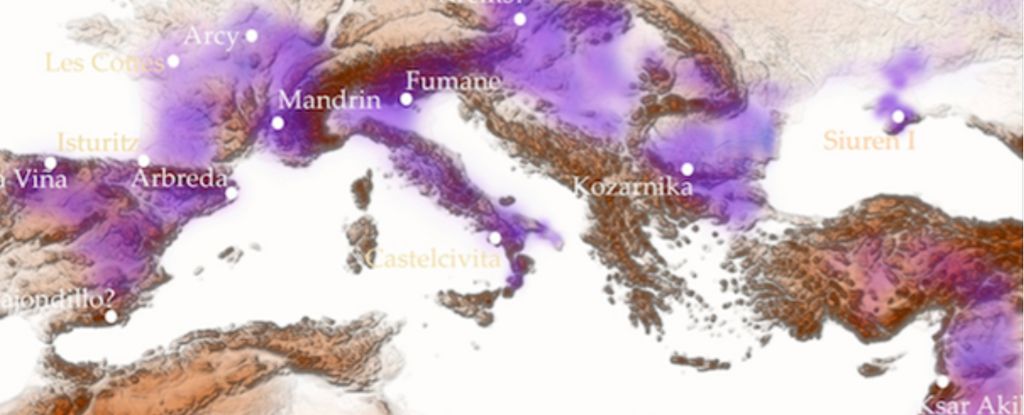
Scientists are rewriting the story of how modern humans first spread out of Africa, and it might contain more run-ins with Europe’s Neanderthals than previously recognized. See the study here.
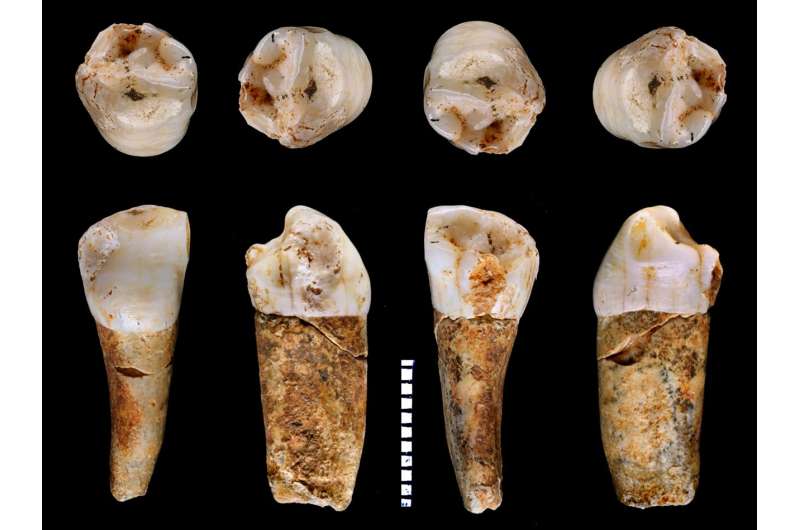
Their findings, published in the journal PNAS, show Neanderthals in the region were hunting fairly large animals across wide tracts of land, whereas humans living in the same location tens of thousands of years later survived on smaller creatures in an area half the size.
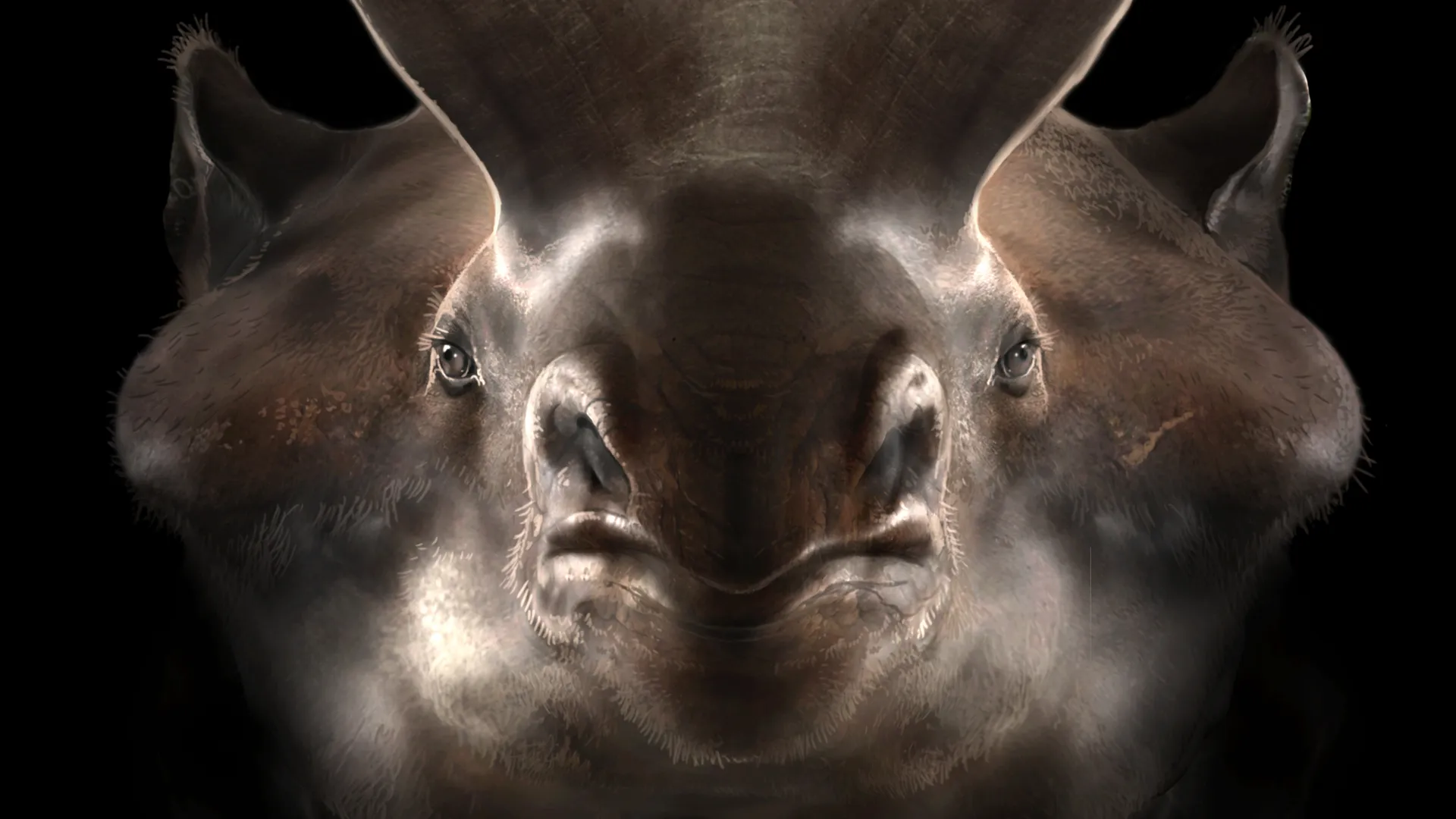
Rhino-like horse relatives that had lived in the shadow of the dinosaurs became gigantic “thunder beasts” as suddenly as an evolutionary lightning strike, new research published Thursday (May 11) in the journal Science shows.
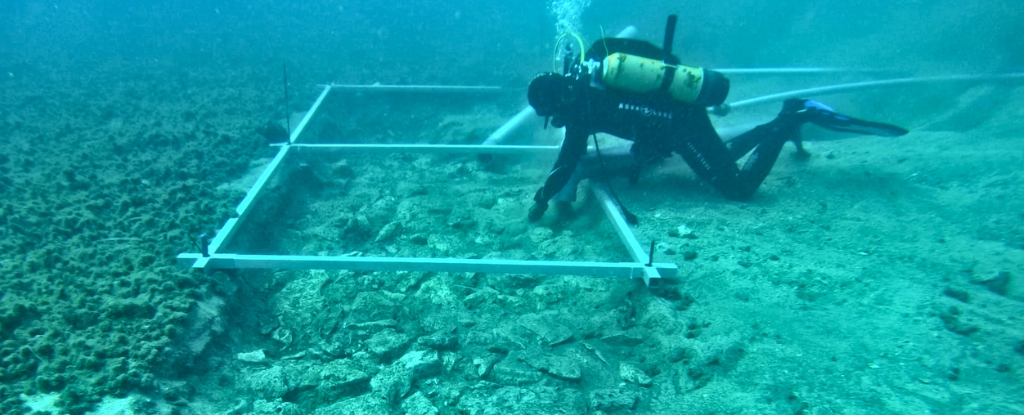
Archaeologists have unearthed the remnants of a 7,000-year-old road hidden beneath layers of sea mud off the southern Croatian coast.
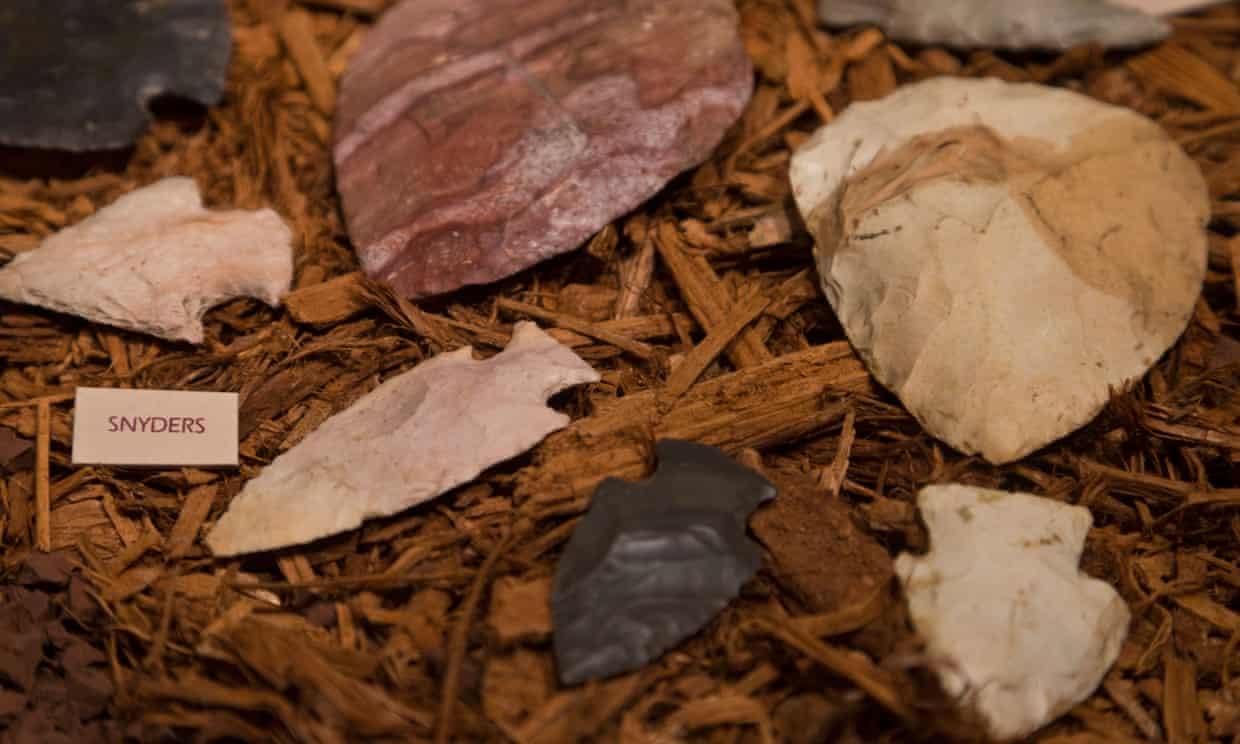
Some of the first humans to arrive in the Americas included people from what is now China, who arrived in two distinct migrations during and after the last ice age, a new genetics study has found.
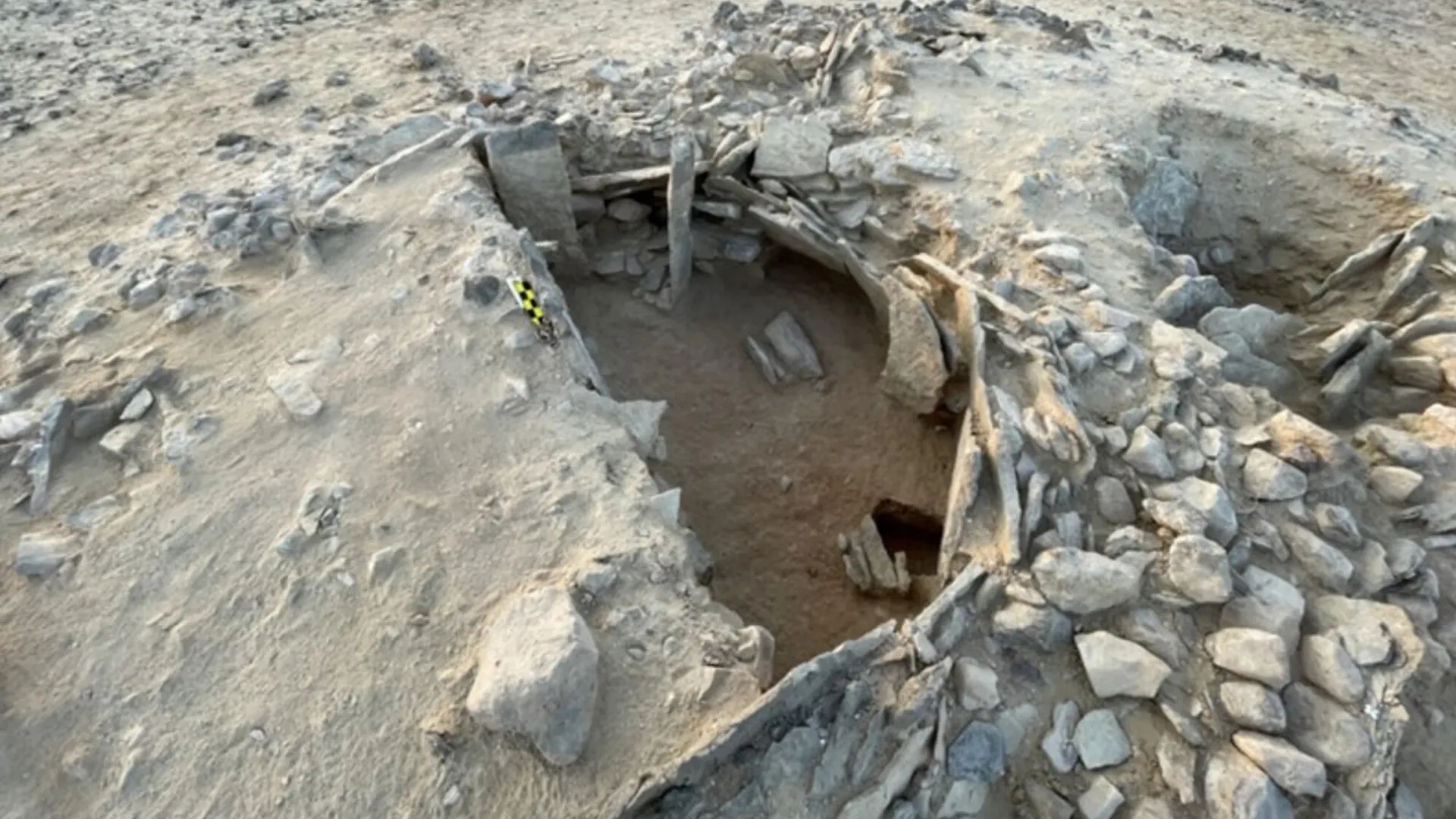
The tomb, near Nafūn in the country’s central Al Wusta province, is among the oldest human-made structures ever found in Oman. The burial area is next to the coast, but it is otherwise a stony desert.





